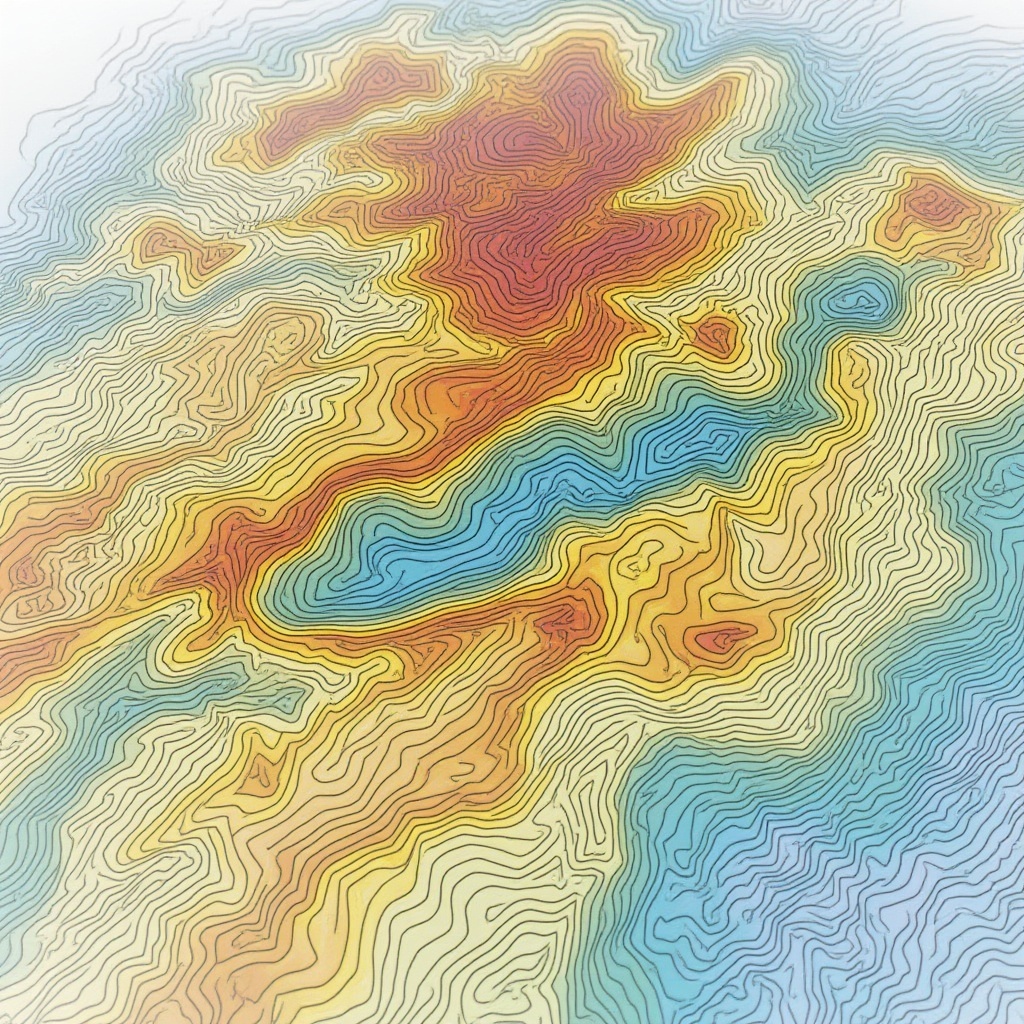

Seismic hazard assesses the probability of exceeding a particular level of ground motion in a time interval in the area of study. This is achieved through the analysis of historical seismic catalogues and, in the case of critical areas, enhancing the study with higher-resolution monitoring of baseline seismic activity.
Seismic Risk includes the impact of site effects and vulnerability of buildings and structures on the overall risk to due to natural or induced ground vibration. At ASC, we provide the analysis of regional and local seismic hazard critical for any engineering or infrastructure development project, including:
• Physical damage or integrity degradation to rocks or reservoirs.
• Physical damage to civil infrastructure, such as buildings, dams, slopes, underground laboratories.
• Human activity interference.
Software solution integrating detection, processing, analysis and management of seismic and acoustic data.
Hardware systems for acquisition of Acoustic Emission and Ultrasonic survey data.
Training and online courses.